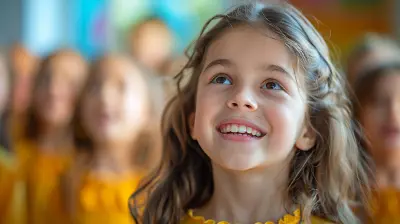The Importance of Creative Freedom for Student Engagement
26 June 2025
Introduction
Imagine sitting in a classroom where every assignment feels like a repetitive task, where creativity is stifled, and every answer must fit a predetermined mold. Sounds boring, right? Unfortunately, this is the reality for many students in traditional educational settings. But what if students were given the freedom to think outside the box, to express their thoughts in unique ways, and to truly engage with their learning?
That’s where creative freedom comes in. It’s not just a feel-good concept—it plays a crucial role in student engagement, helping learners feel more connected, motivated, and invested in their education. In this article, we'll explore why creative freedom matters in education and how it impacts student engagement at every level.
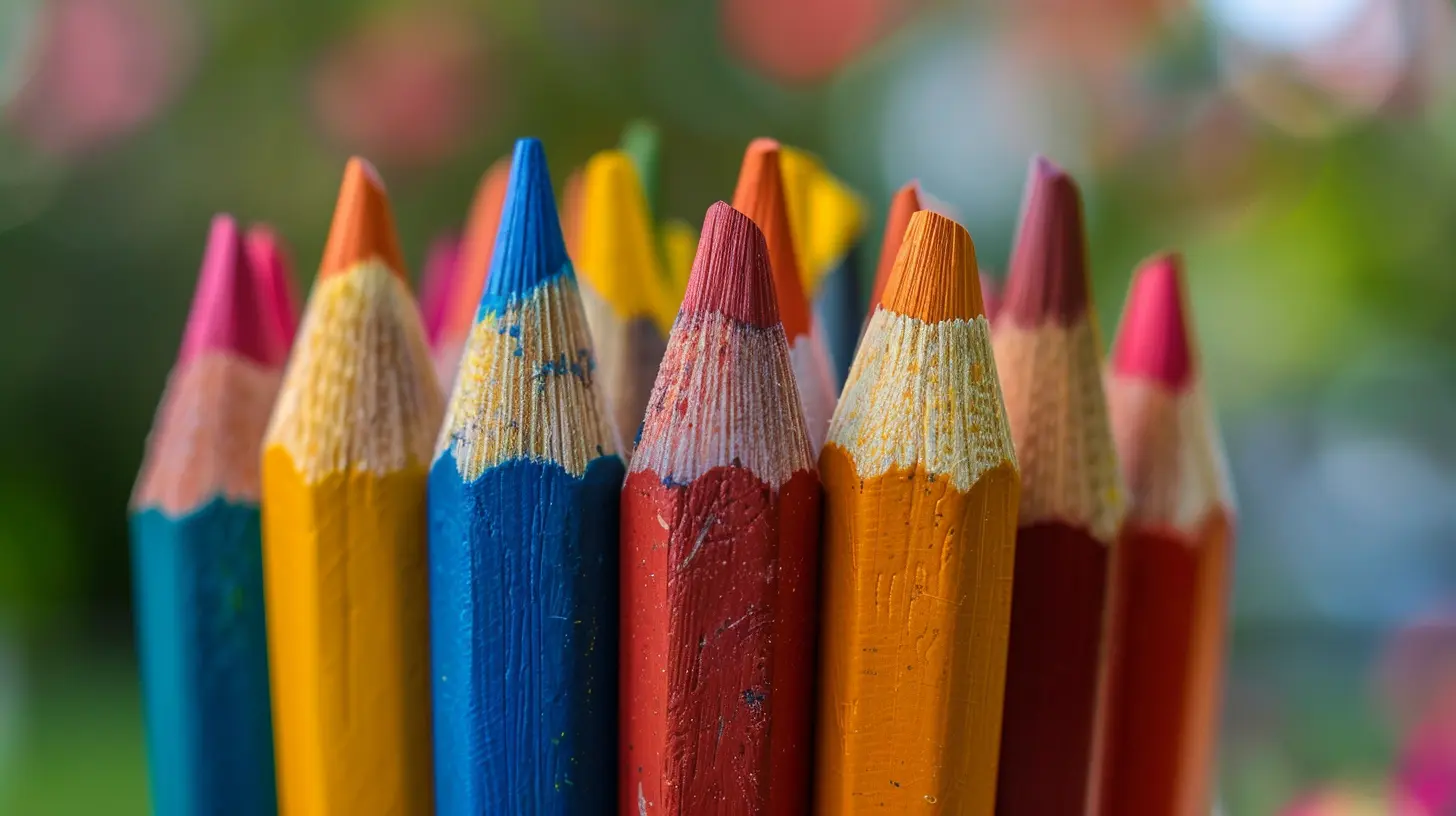
What is Creative Freedom?
Creative freedom in education refers to giving students the space to express themselves, explore new ideas, and solve problems in their own way. It allows them to experiment, make mistakes, and learn from them—without the fear of rigid guidelines crushing their creativity.Think of it like painting a picture. If every student is given the same colors and told exactly what to paint, the outcome will be nearly identical. But if they’re allowed to choose their colors, techniques, and subjects, you’ll get a variety of unique and meaningful artworks. That’s the magic of creative freedom!
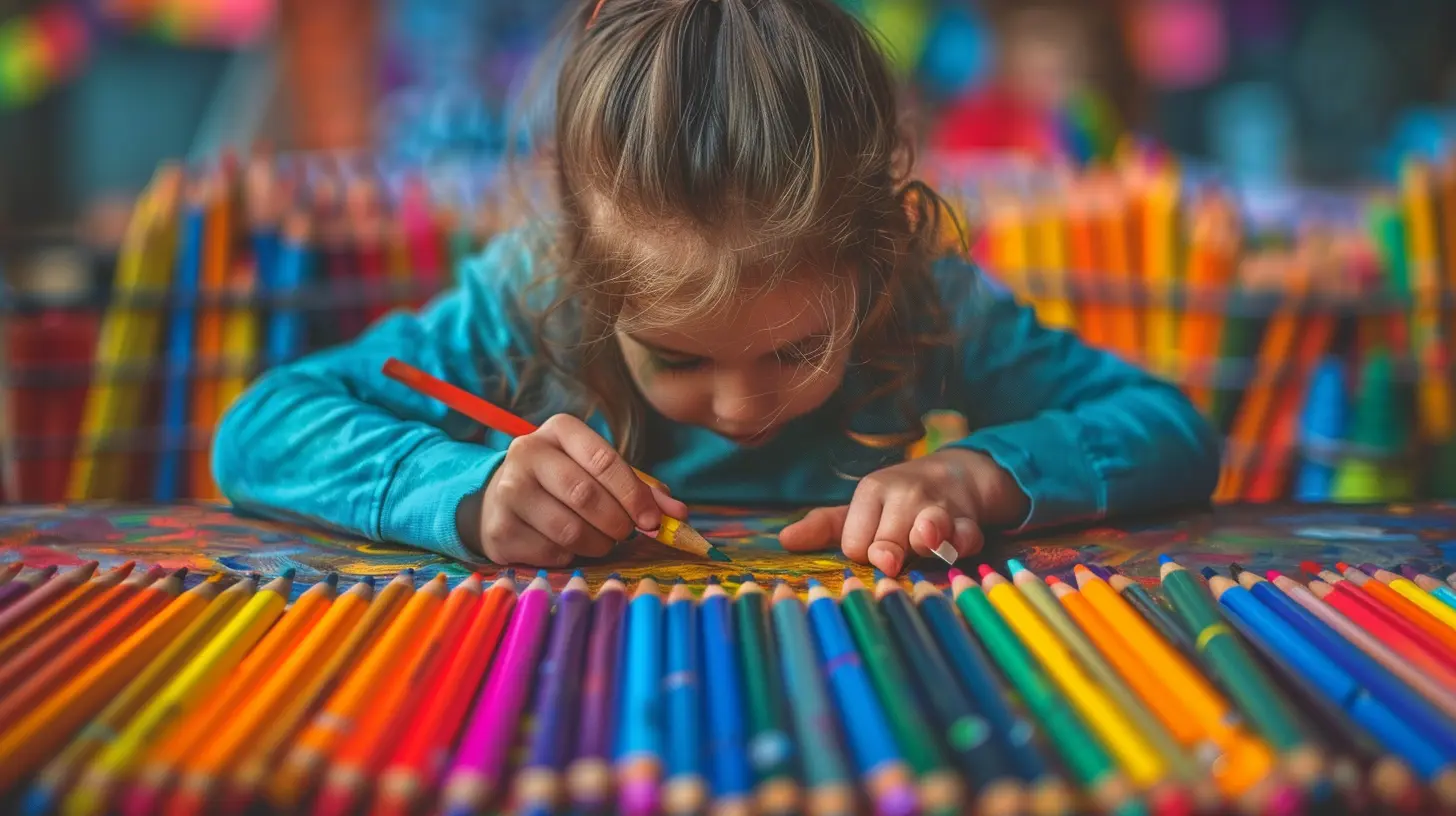
Why Does Creative Freedom Matter?
Now, you might be wondering—why is creative freedom so important? Shouldn’t students just focus on memorizing facts and following instructions? While structure has its place, learning isn’t just about absorbing information—it’s about engaging with it.Here’s why creative freedom is a game-changer in education:
1. Sparks Curiosity and Engagement
When students have the freedom to think creatively, they become more curious about the subject matter. Instead of simply completing assignments to get a grade, they start asking questions, exploring different perspectives, and diving deeper into the material.Imagine a history class where, instead of writing a traditional essay, students create a short film, write a script, or even act out historical events. Which one sounds more engaging? Clearly, creativity makes learning more dynamic and enjoyable.
2. Encourages Critical Thinking
Creative freedom pushes students to think beyond the obvious. It forces them to analyze problems from different angles, develop their own unique solutions, and defend their ideas with logical reasoning.For example, instead of asking students to simply memorize mathematical formulas, what if they had to apply them in real-world scenarios? Perhaps they could design a theme park, budget a project, or create a business plan—using math in ways that matter to them.
3. Boosts Confidence and Self-Expression
A classroom that encourages creative expression helps students build confidence in their abilities. When they know their ideas are valued, they’re more likely to take risks, share their thoughts, and develop their own voice.Think about a student who loves storytelling but struggles with traditional essay writing. If they're given the option to write a short story instead, they’ll still develop their writing skills—just in a way that feels natural and exciting to them.
4. Makes Learning More Personalized
Not all students learn the same way. Some are visual learners, others prefer hands-on activities, and some excel when they’re allowed to express themselves through art, music, or technology. Creative freedom adapts to different learning styles, ensuring that each student can engage with the material in a way that suits them best.For instance, a science project could take many forms—a written report, a 3D model, a video presentation, or even a comic strip explaining complex concepts. By offering choices, teachers empower students to take control of their learning journey.
5. Prepares Students for the Future
The world is changing rapidly, and jobs of the future will require creativity, problem-solving, and the ability to think outside the box. By fostering creative freedom, schools prepare students for real-world success—encouraging them to innovate, adapt, and approach challenges with confidence.Many of today’s most successful entrepreneurs, artists, and leaders attribute their success to thinking differently. If education embraces creative freedom, we’re setting up the next generation to do just that!
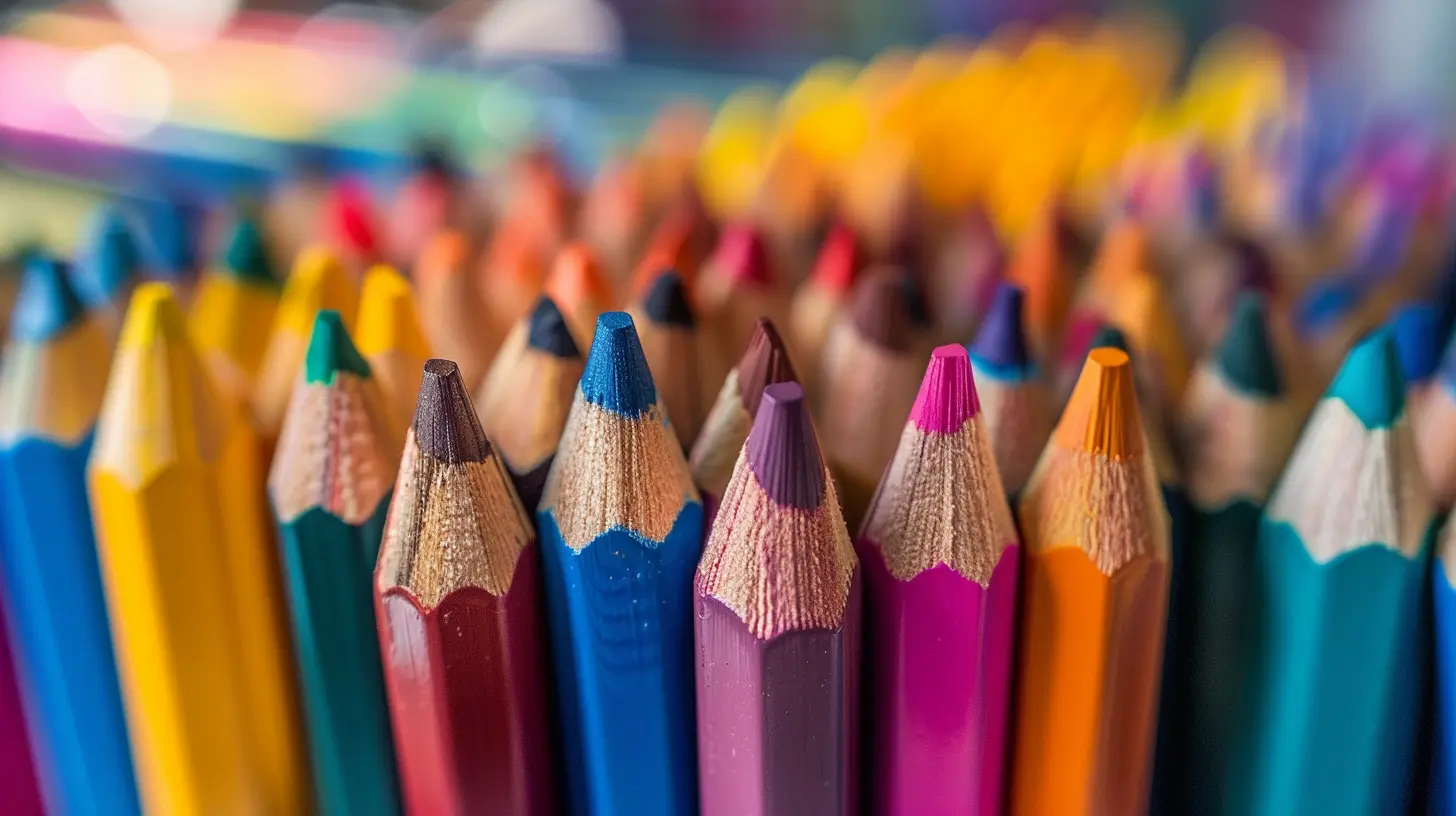
Barriers to Creative Freedom in Education
Of course, while creative freedom is essential, it’s not always easy to implement. Here are some common barriers:1. Overemphasis on Standardized Testing
Many schools focus heavily on standardized tests, which prioritize memorization over creativity. This limits students’ ability to think independently and reduces learning to a set of rigid expectations.2. Fear of Making Mistakes
In traditional educational systems, mistakes are often seen as failures. But in a creative learning environment, mistakes are a natural part of growth. If students fear being wrong, they won’t take creative risks.3. Lack of Resources and Support
Some schools simply don’t have the resources to offer diverse creative opportunities. A lack of funding, limited technology, and outdated teaching methods can make it difficult to foster creativity in the classroom.4. Resistance to Change
Many educators and administrators are used to traditional teaching methods and may hesitate to adopt more creative approaches. However, with the right training and mindset, schools can shift towards a more student-centered learning experience.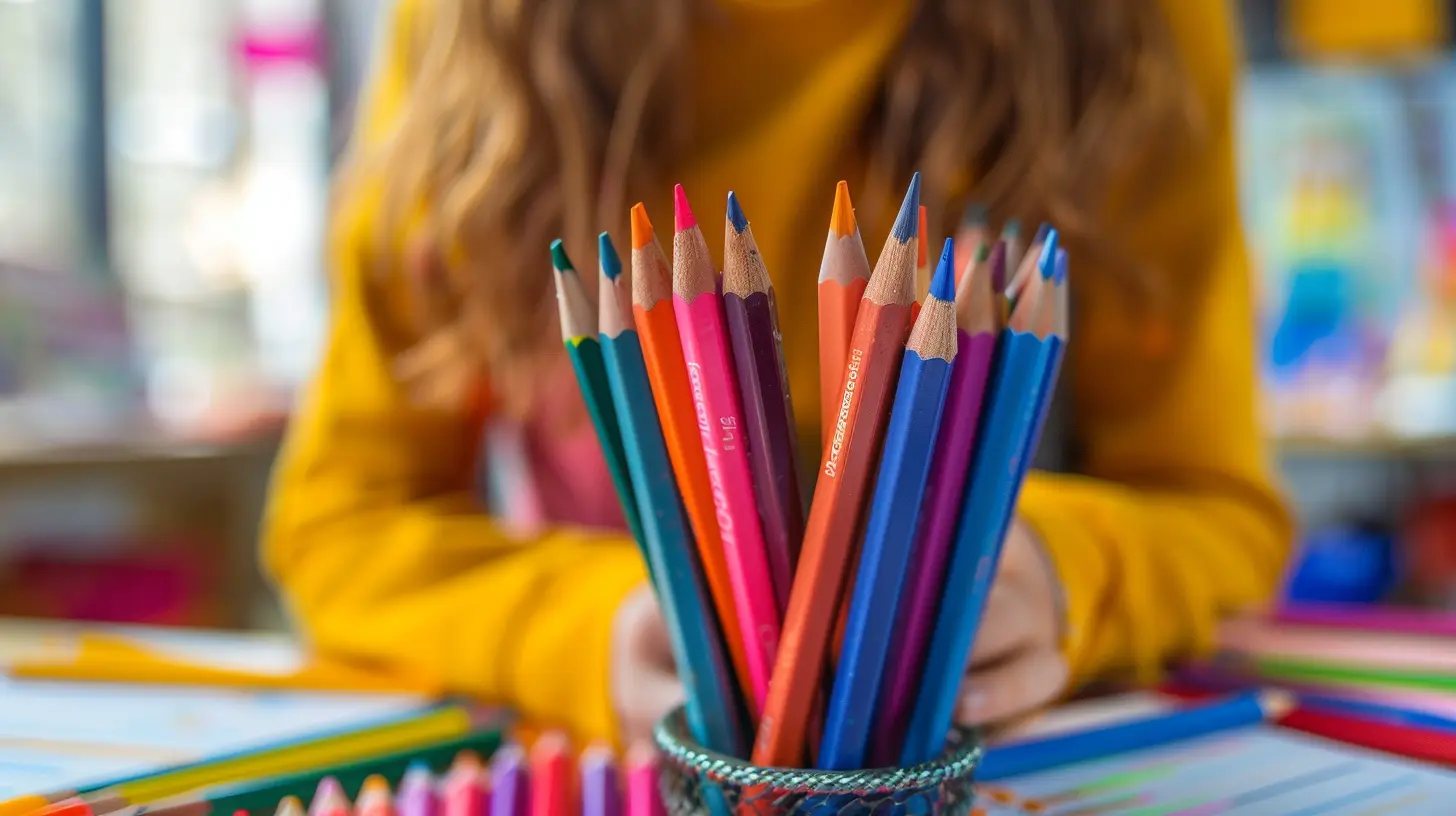
How Teachers Can Encourage Creative Freedom
Despite these challenges, there are many ways educators can encourage creative freedom in the classroom. Here are a few strategies:1. Provide Open-Ended Assignments
Instead of giving students strict guidelines, offer assignments that allow for multiple interpretations. Let them choose how they want to present their knowledge—be it through writing, art, music, or even video.2. Emphasize the Process, Not Just the Outcome
Encourage students to focus on the journey of learning rather than just the final grade. Teach them that mistakes are stepping stones to success and that curiosity and exploration are just as important as getting the "right" answer.3. Create a Safe Space for Expression
A supportive classroom environment is essential. Students should feel safe to share their thoughts and ideas without fear of judgment. Encouragement, positive feedback, and an open-minded attitude go a long way in fostering creativity.4. Integrate Real-World Problem Solving
Connect lessons to real-world scenarios where students have to think critically and creatively. Whether it’s solving community problems, designing sustainable products, or creating a marketing campaign, real-world applications boost engagement.5. Allow Student Choice
Give students more control over their learning. Let them choose topics that interest them, select their own projects, and even help shape classroom discussions. When they feel like they have a voice, they’re naturally more engaged.Conclusion
Creative freedom isn’t just a luxury—it’s a necessity for student engagement. When students are allowed to think differently, express themselves, and explore subjects in a way that excites them, learning becomes a journey rather than a chore.By fostering creativity in the classroom, educators unlock students’ potential, preparing them not only for academic success but for a future where innovation, problem-solving, and self-expression are invaluable skills.
So, whether you’re a teacher, parent, or student—let’s advocate for more creative learning spaces. After all, education should inspire, not stifle!
all images in this post were generated using AI tools
Category:
Creativity In EducationAuthor:

Eva Barker
Discussion
rate this article
1 comments
Reid Kelly
Creativity is the key that unlocks hidden potential. When students embrace creative freedom, they embark on a journey of self-discovery and innovation. But what lies beneath this freedom? Are we nurturing their passions or merely guiding them? Explore the shadows where engagement thrives and potential flourishes, waiting to be unveiled.
July 5, 2025 at 11:17 AM

Eva Barker
Absolutely! Creative freedom not only nurtures passions but also empowers students to explore their unique identities and innovative ideas, fostering deeper engagement and self-discovery.
